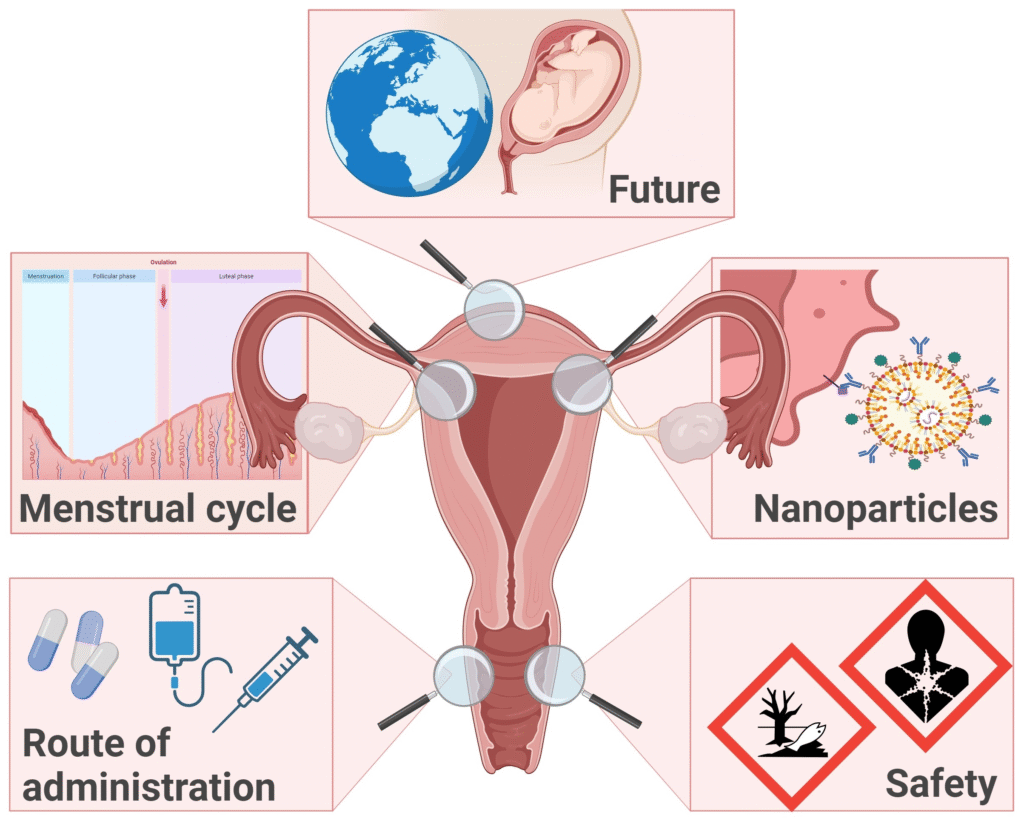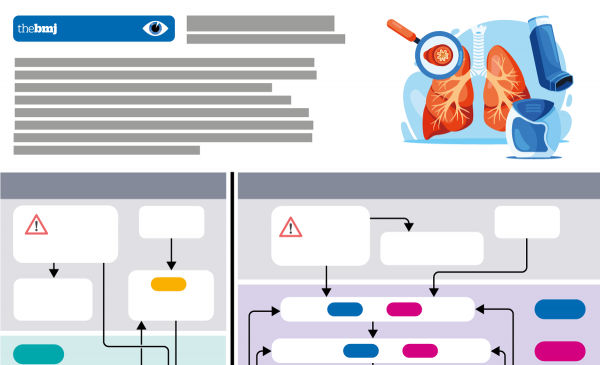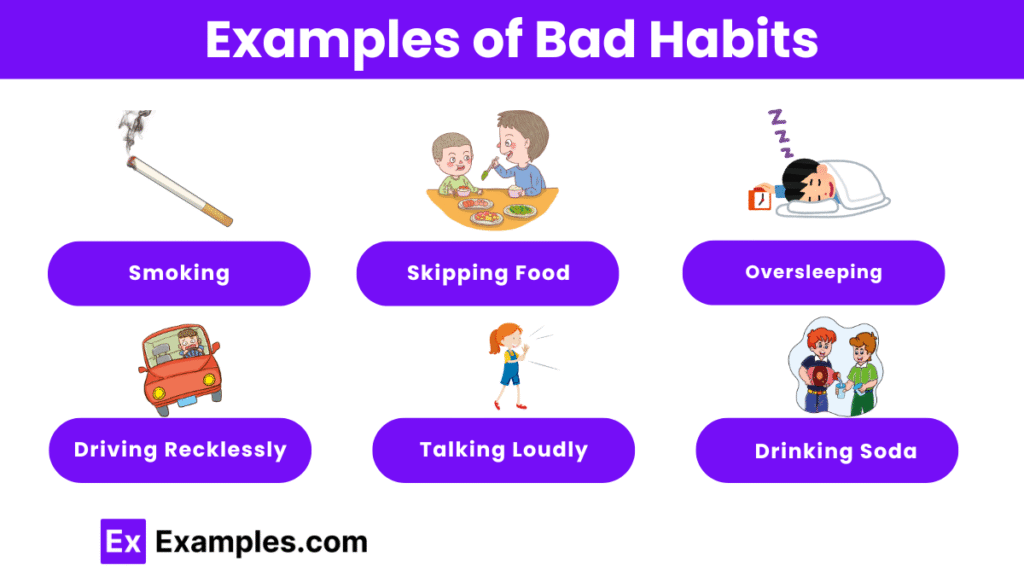The English language is full of words that, despite being less frequently used, carry powerful meanings. Pernicious is one such word—rare, forceful, and often misunderstood. Though it may sound elegant, its essence is rooted in harm, destruction, and insidiousness. This blog will delve into the word “pernicious,” exploring its definition, origins, usage in different contexts, and relevance in modern life.
1. What Does “Pernicious” Mean?
According to the Merriam-Webster Dictionary, pernicious is defined as:
“Highly injurious or destructive: deadly.”
The Cambridge Dictionary offers a similar meaning:
“Having a very harmful effect or influence.”
In simpler terms, something pernicious causes damage—often subtly and over time. It’s not always obvious, but its effects are long-lasting and dangerous.
2. Etymology and Historical Background
The word pernicious originates from the Latin word perniciosus, which comes from pernicies (destruction) and necare (to kill). It first appeared in Middle English in the 14th century, typically used in the context of diseases, behaviors, or ideas that could cause serious harm.
3. Synonyms and Antonyms
Synonyms:
- Harmful
- Damaging
- Detrimental
- Noxious
- Destructive
- Malignant
Antonyms:
- Beneficial
- Helpful
- Innocuous
- Constructive
- Advantageous
4. How to Use “Pernicious” in Sentences
- “The pernicious effects of smoking are well-documented.”
- “He spread pernicious rumors that ruined reputations.”
- “Social media can have a pernicious influence on mental health.”
5. Pernicious in Different Contexts
Health:
- Pernicious anemia is a condition where the body can’t make enough healthy red blood cells.
Society:
- Pernicious ideologies like racism and sexism cause long-lasting harm to communities.
Relationships:
- A pernicious relationship might appear loving but is emotionally draining or abusive.
Workplace:
- Office gossip may seem harmless but has pernicious effects on morale and trust.
6. Psychological and Cultural Significance
Psychologists often refer to pernicious behaviors as those that erode mental health over time. These might include chronic self-doubt, toxic positivity, or passive-aggressive communication. Culturally, certain stereotypes and media portrayals can have a pernicious effect on public perception and individual identity.
7. Translations of Pernicious
| Language | Word | Example Translation Use |
|---|---|---|
| Hindi | घातक (Ghaatak) | यह आदत घातक है। |
| Spanish | Pernicioso | Es una influencia perniciosa en los niños. |
| French | Pernicieux | Il a des effets pernicieux sur la société. |
| German | Schädlich | Diese Entscheidung war schädlich für das Projekt. |
8. Comparisons with Similar Words
| Word | Key Difference |
| Harmful | General term for causing harm |
| Toxic | Often refers to relationships or chemicals |
| Malicious | Intentional harm; emotionally or physically |
| Noxious | Typically used in environmental or chemical contexts |
| Pernicious | Subtle, long-term, often destructive over time |
9. Usage in Literature and Media
Writers use “pernicious” to describe villains, social issues, or even abstract forces like time or technology. In Shakespeare’s Hamlet, the ghost refers to Claudius as a “pernicious villain.”
In journalism, this word often appears in op-eds and essays discussing policies or trends that may look good on the surface but have deep-rooted problems.
10. How to Avoid Pernicious Habits
Steps:
- Identify recurring harmful patterns.
- Educate yourself on long-term consequences.
- Seek constructive alternatives.
- Get feedback from trusted friends or mentors.
External Resources for Further Reading
- Merriam-Webster Dictionary – Pernicious
- Cambridge Dictionary – Pernicious
- Vocabulary.com – Pernicious
Conclusion
“Pernicious” may not be a word you hear every day, but understanding its meaning equips you with the power to recognize subtle, harmful influences in various aspects of life. From mental health to societal issues, being aware of what is pernicious helps build a more conscious and empowered existence.







